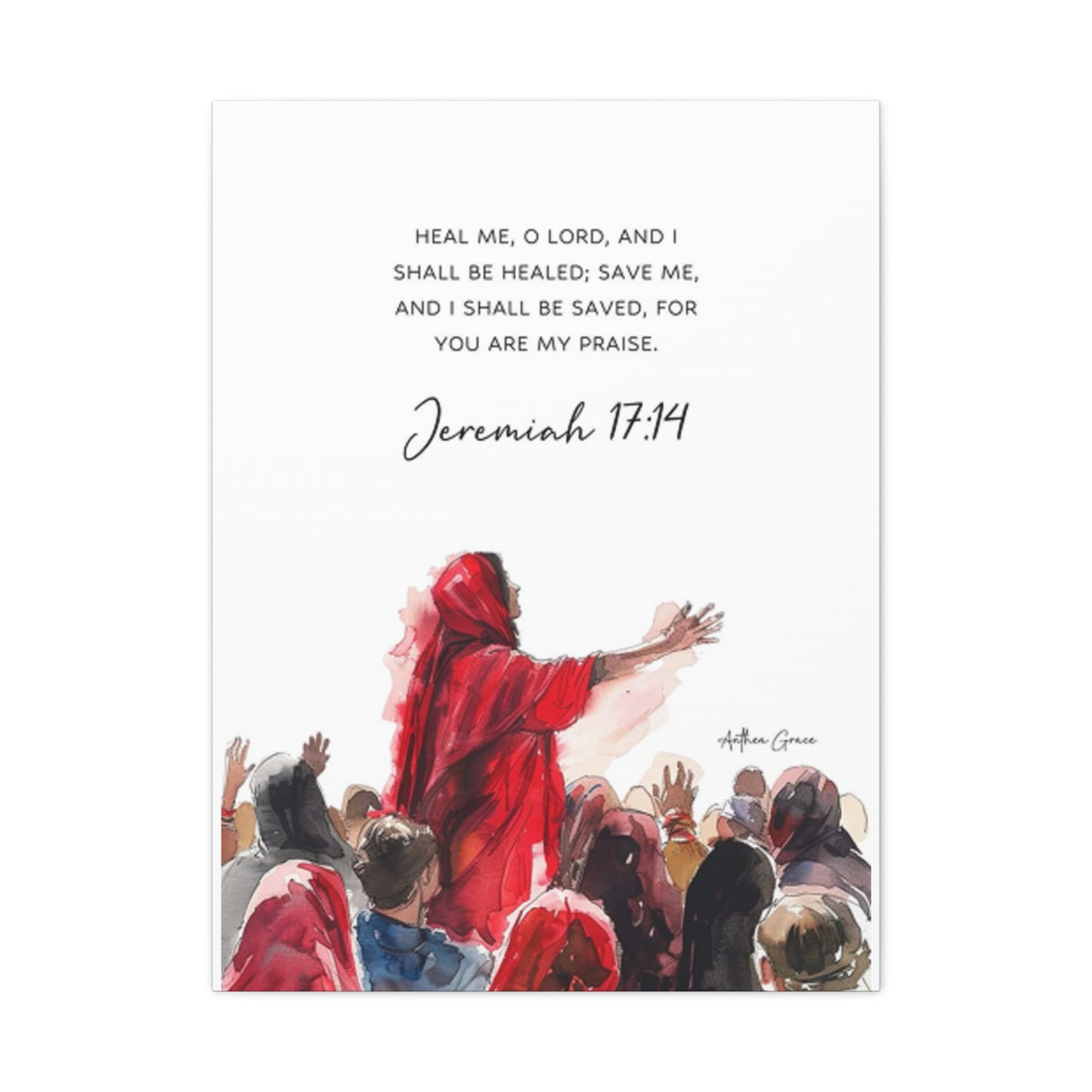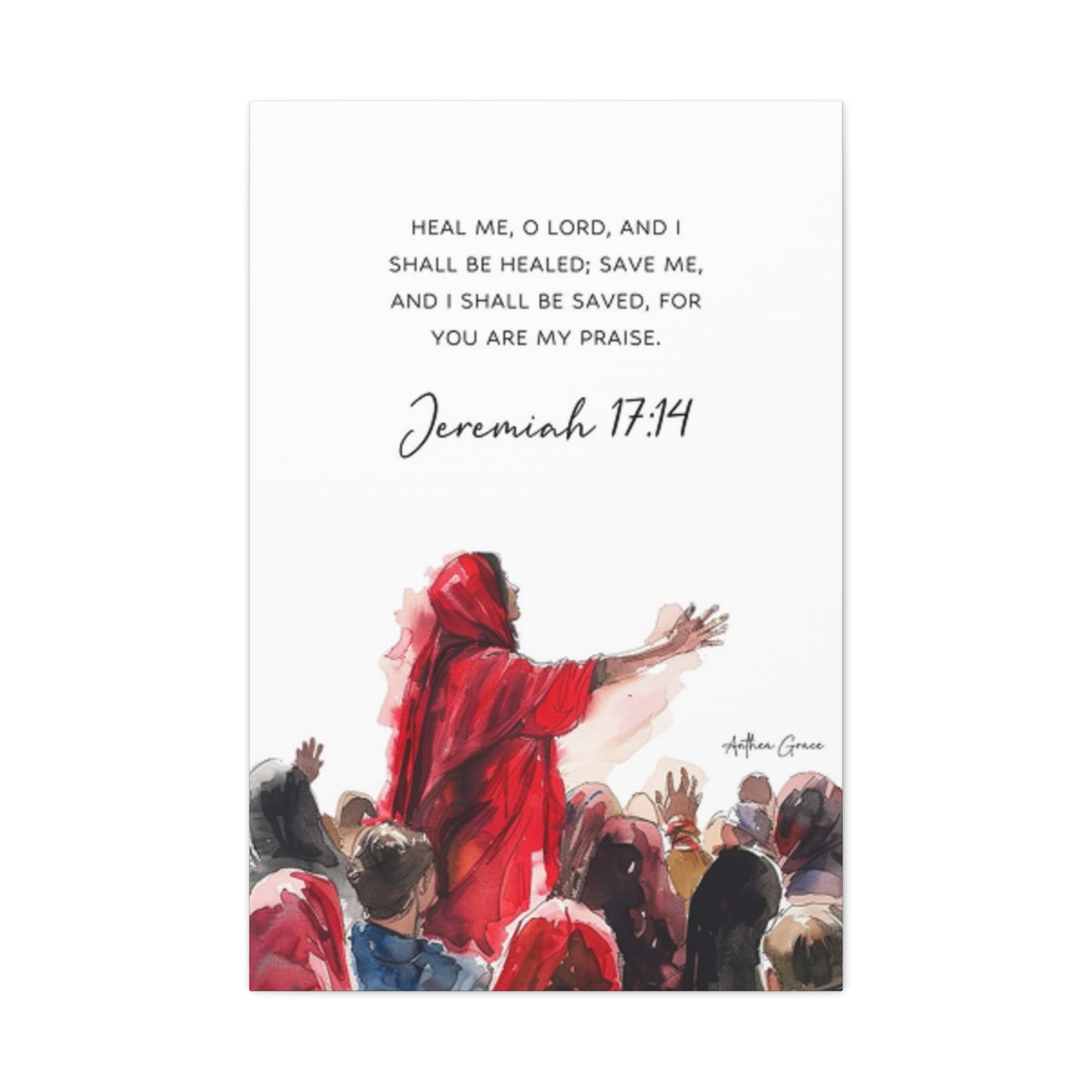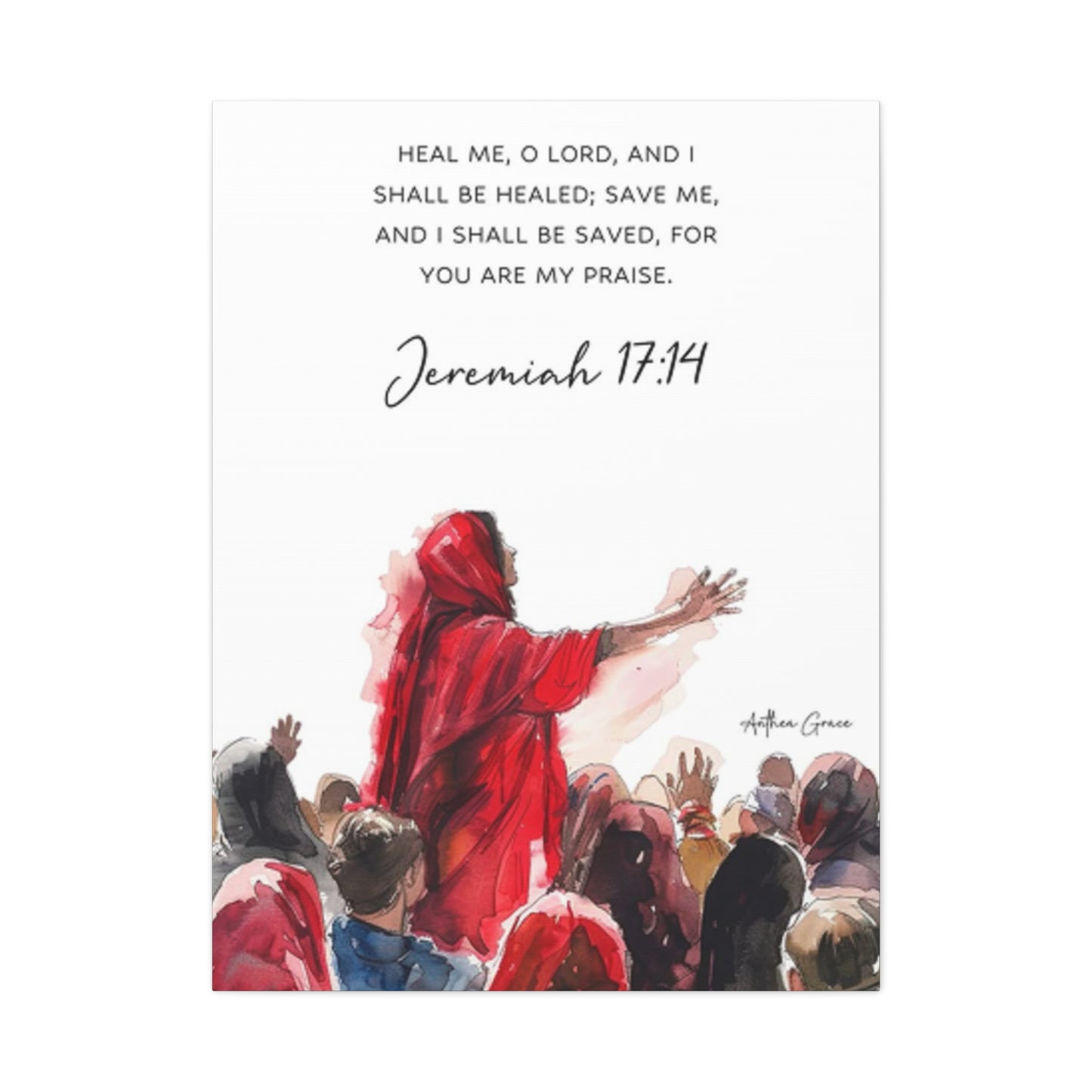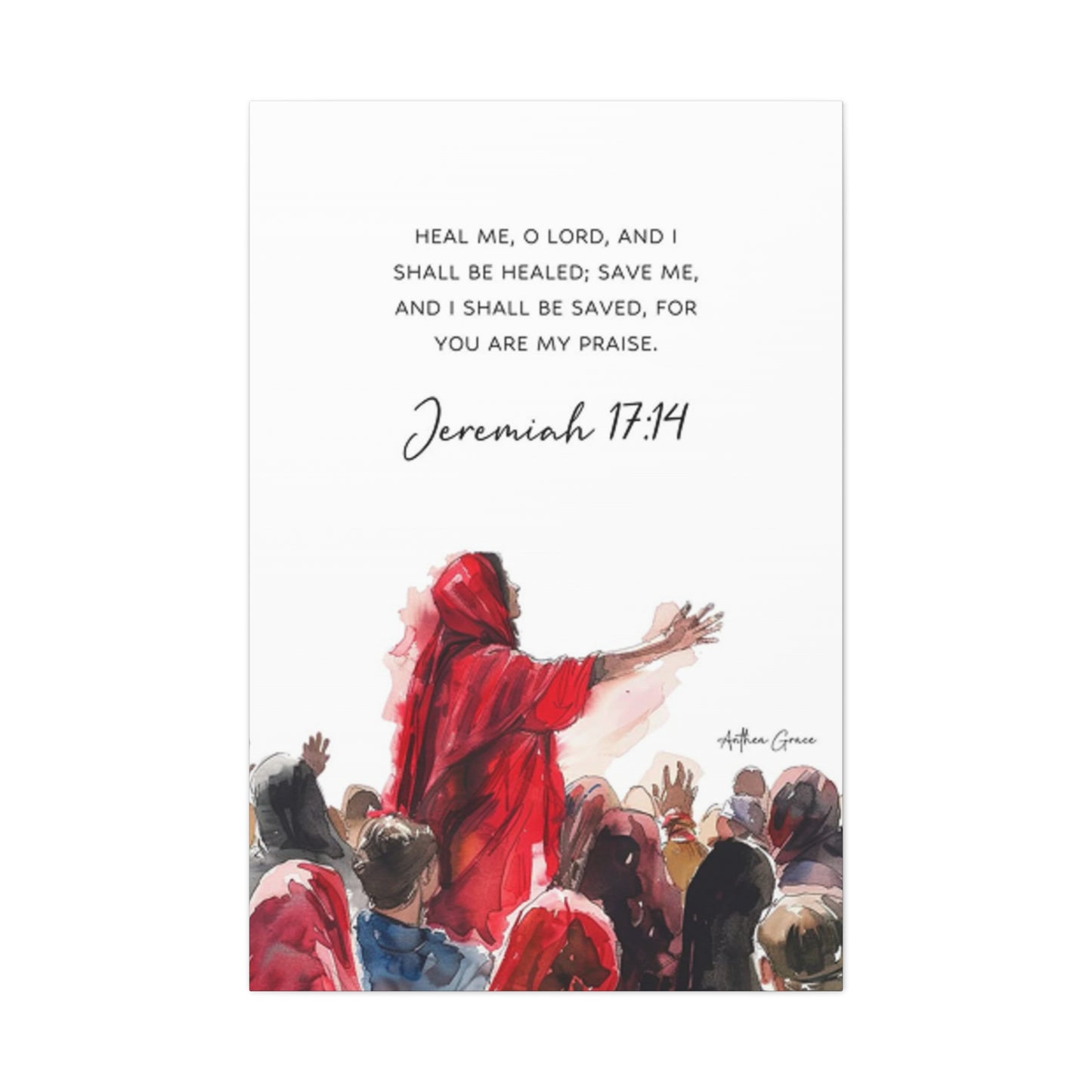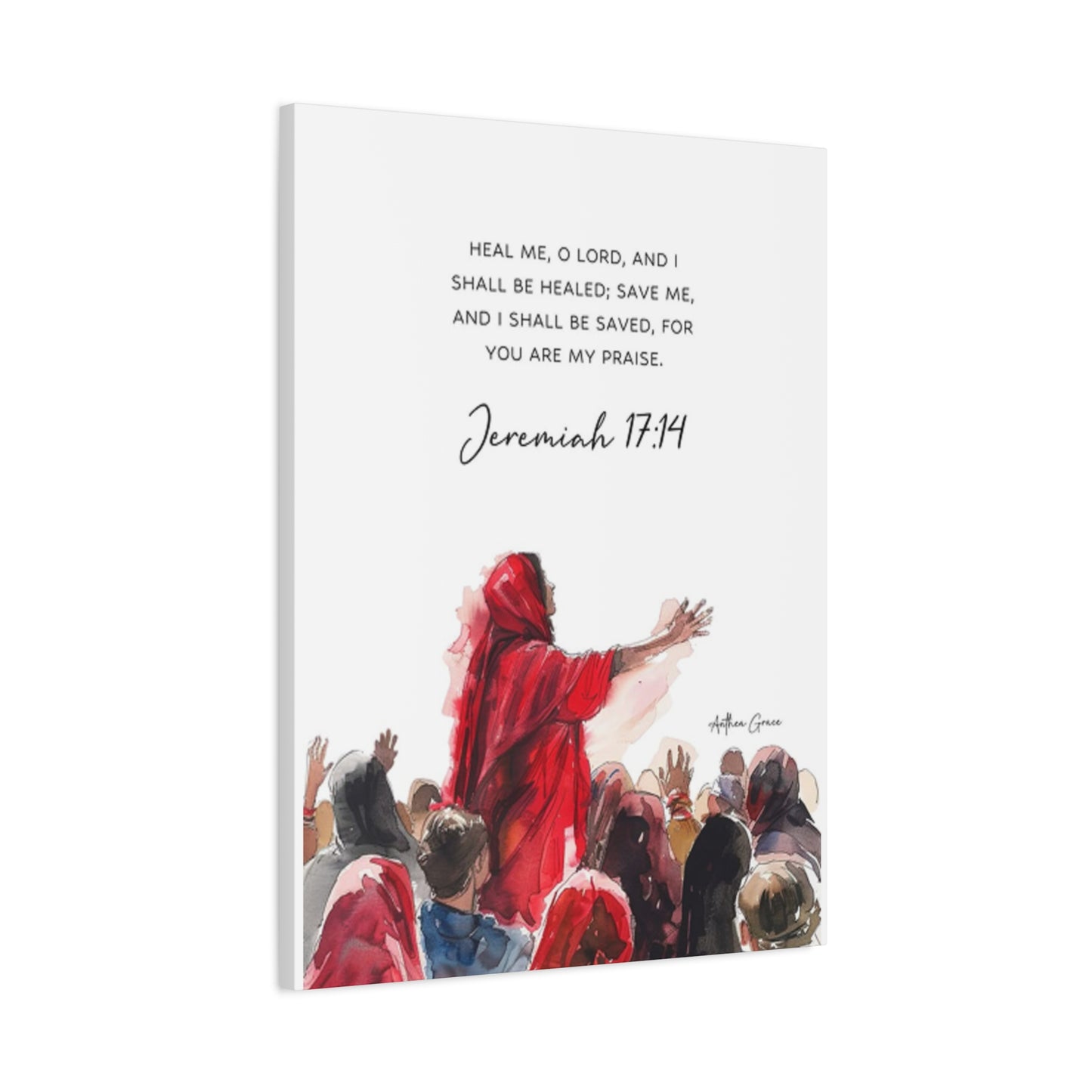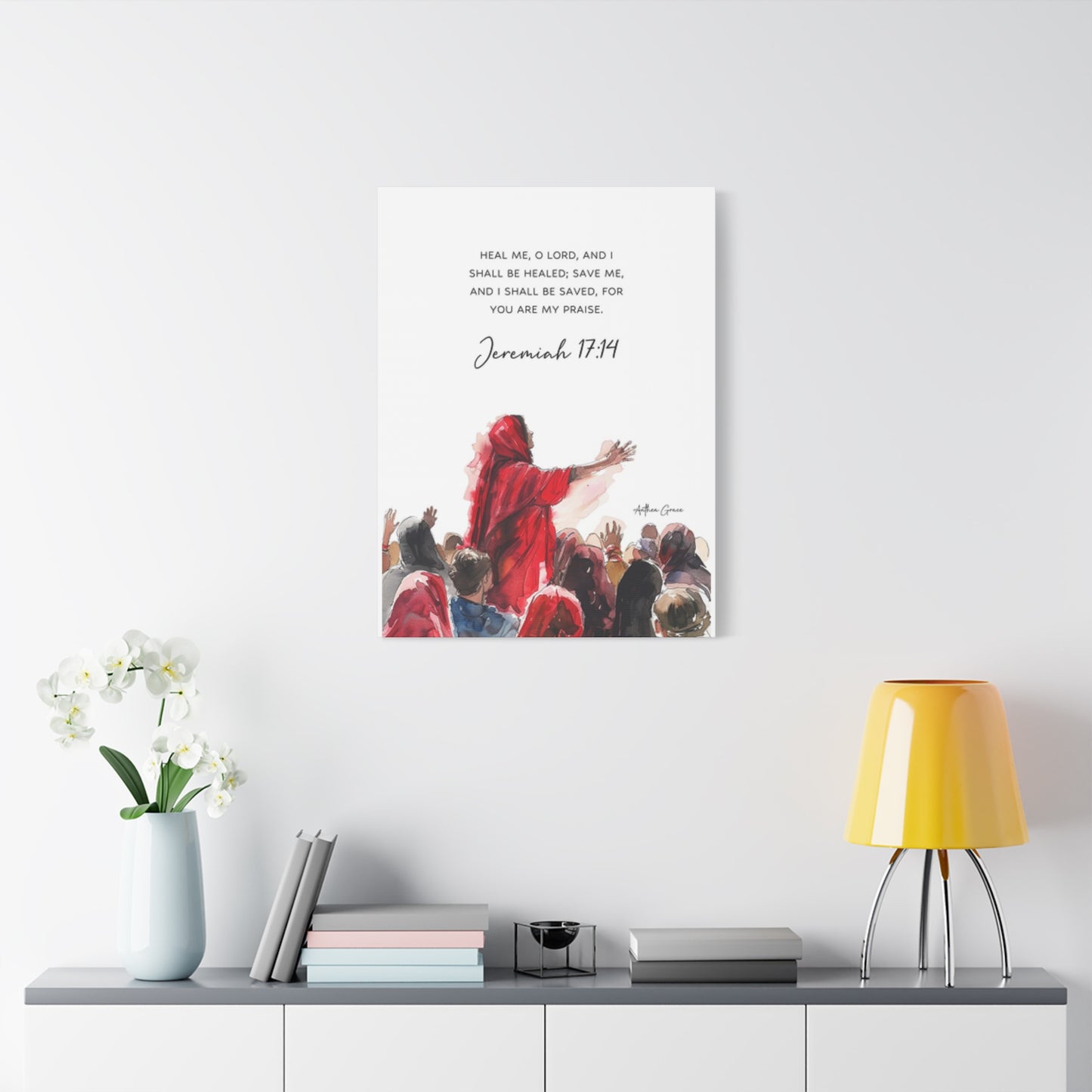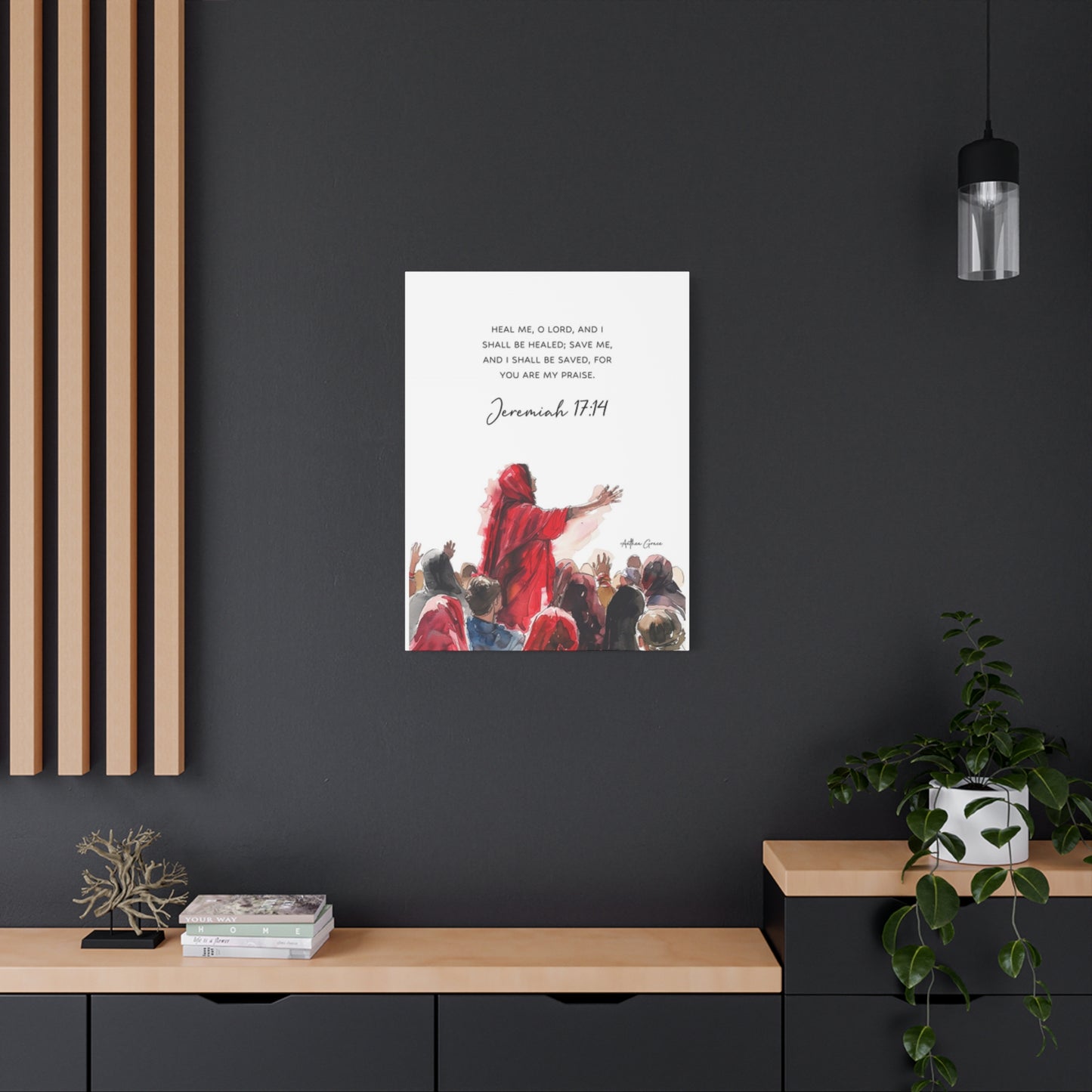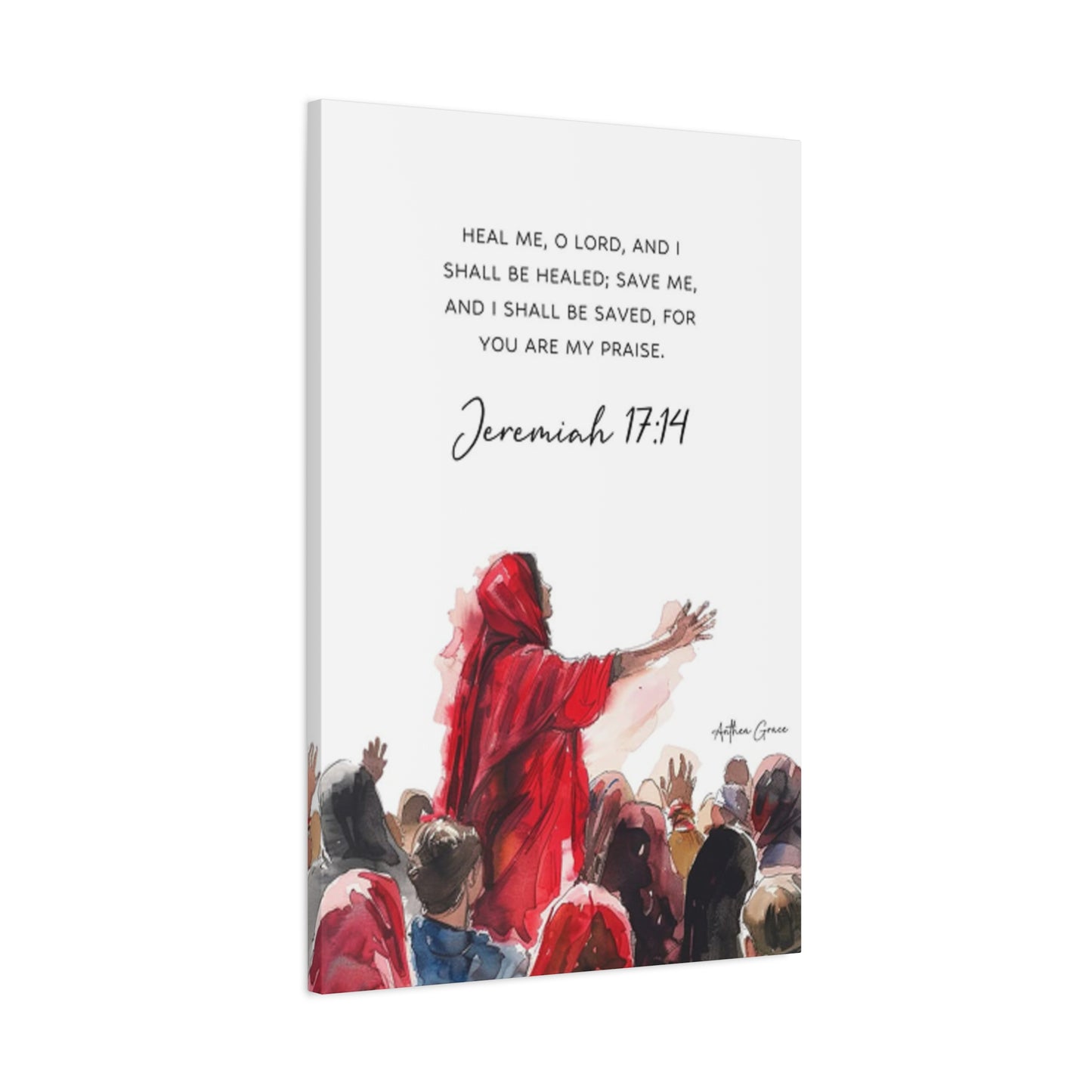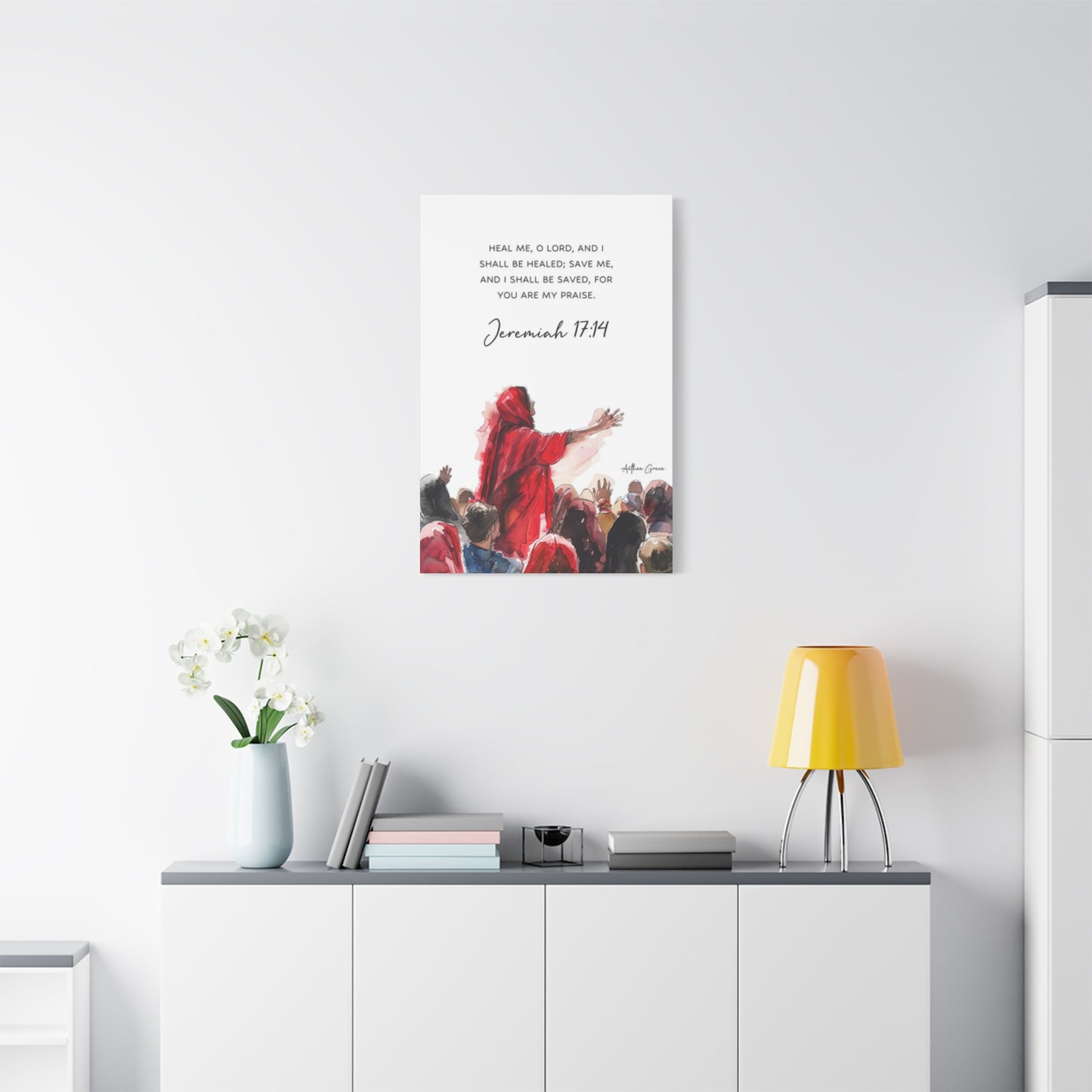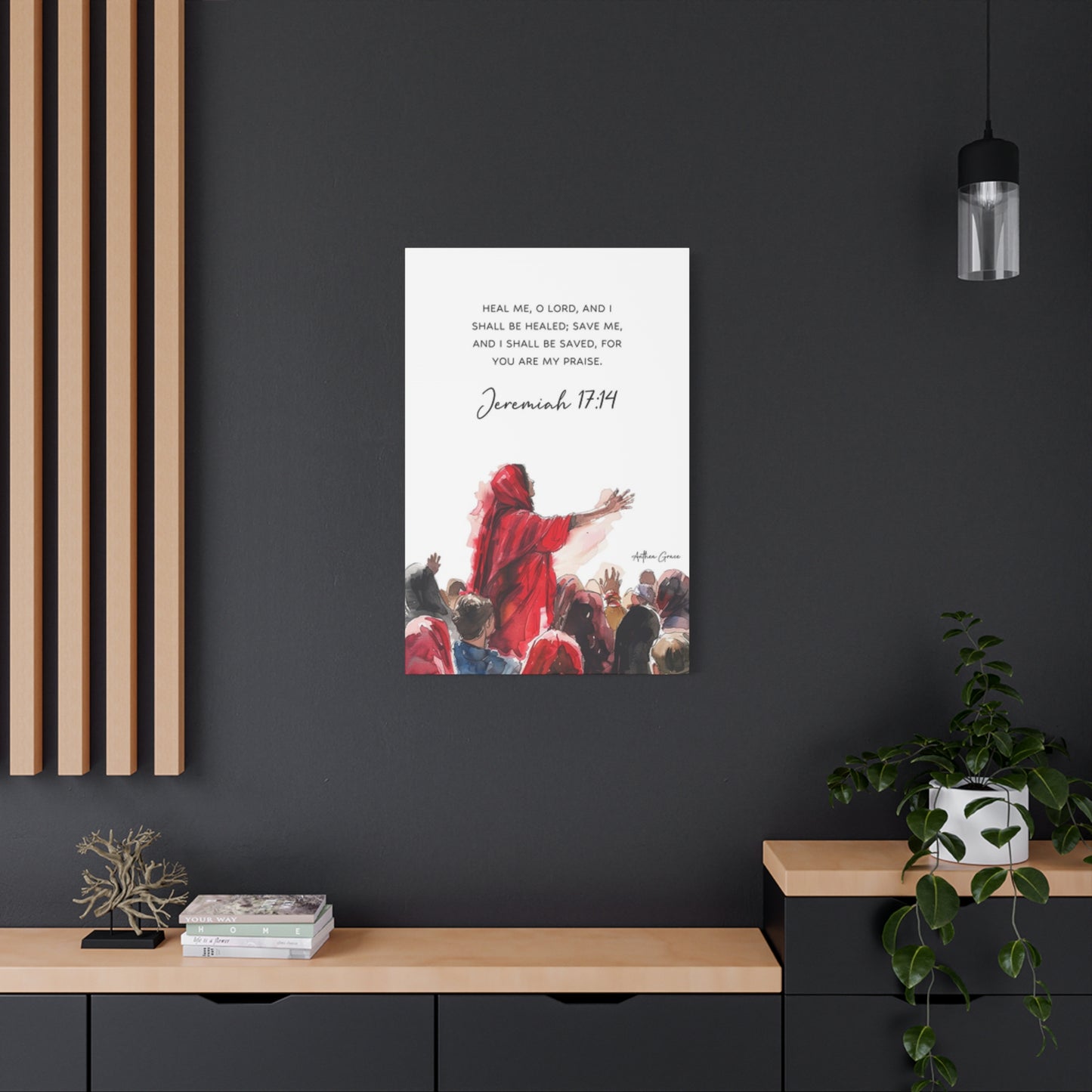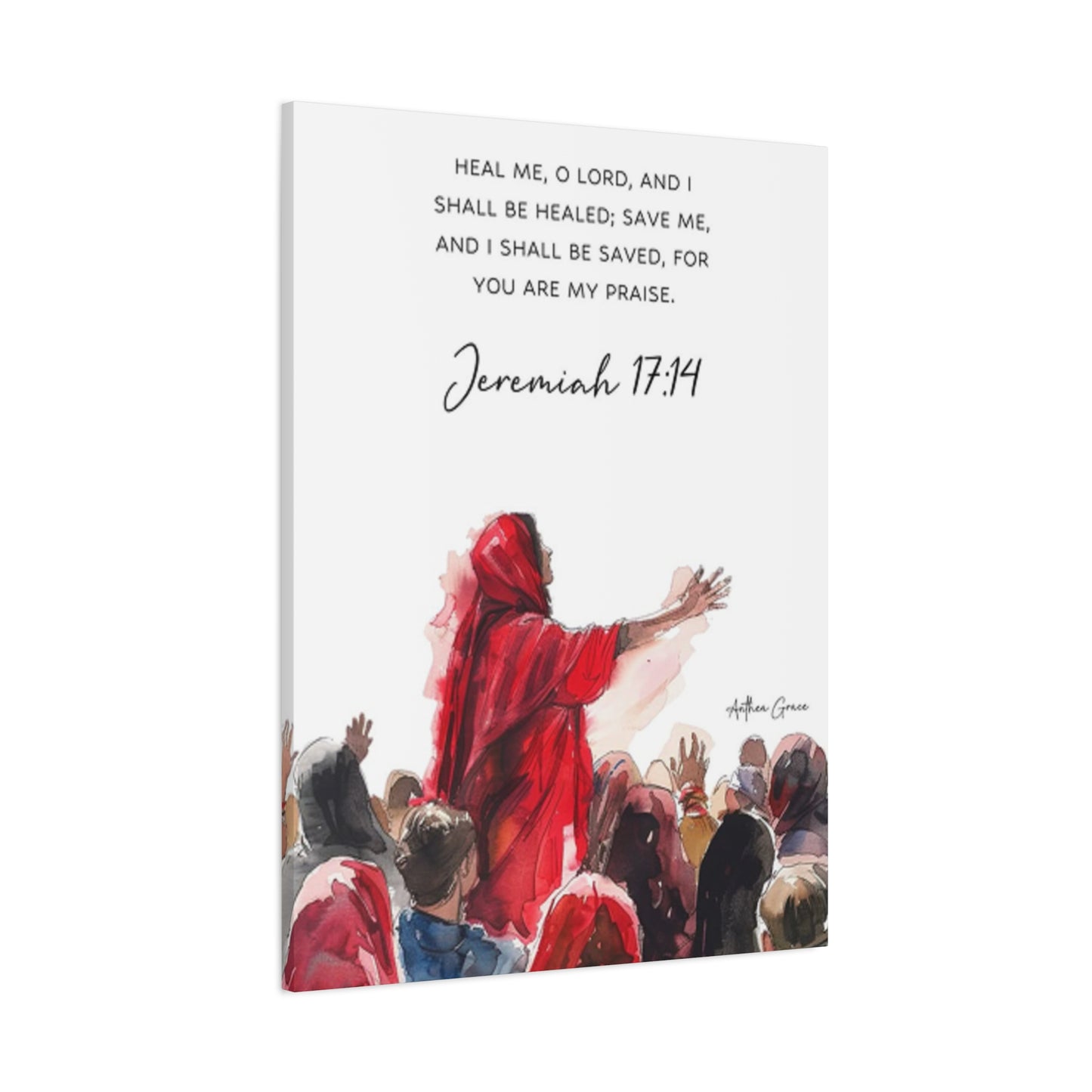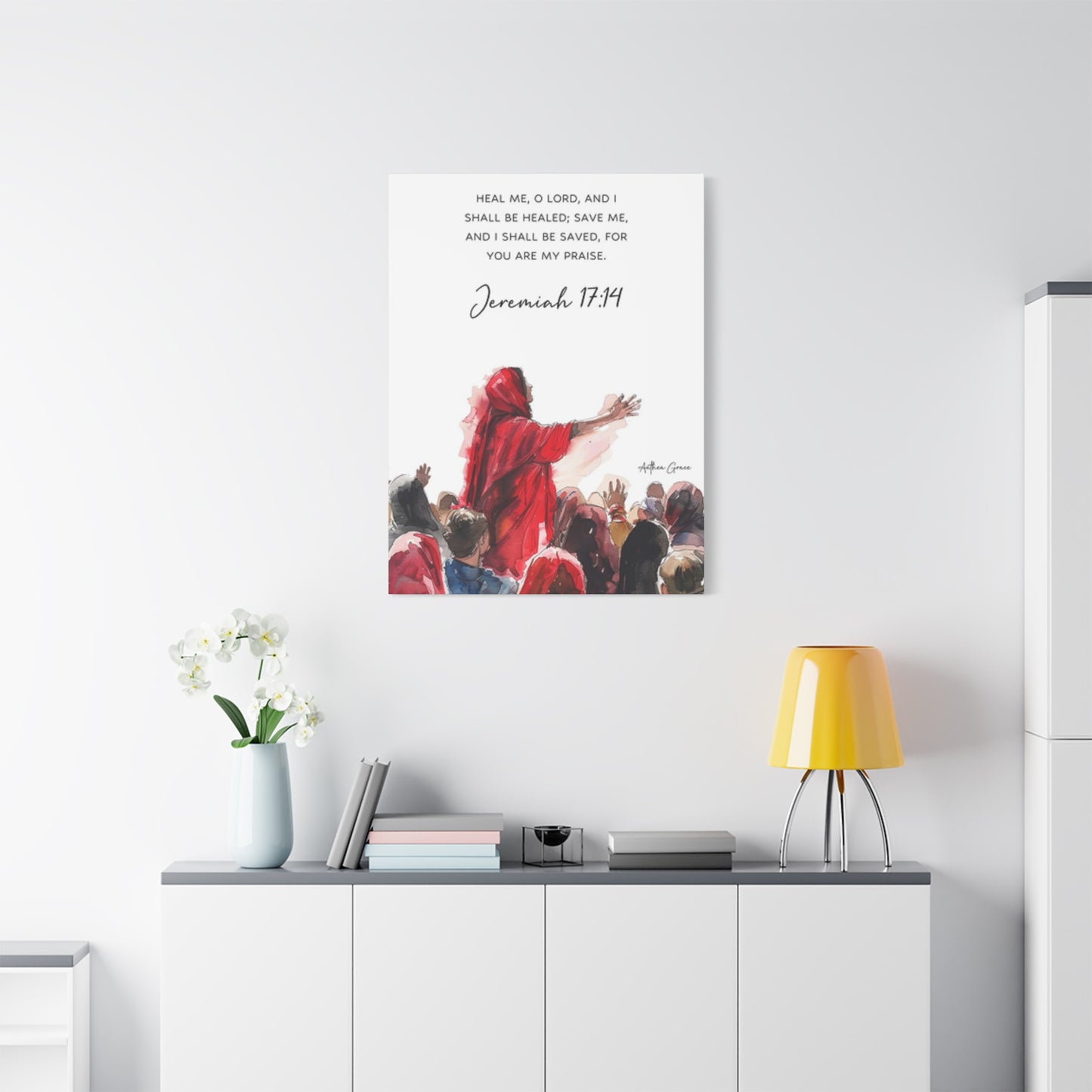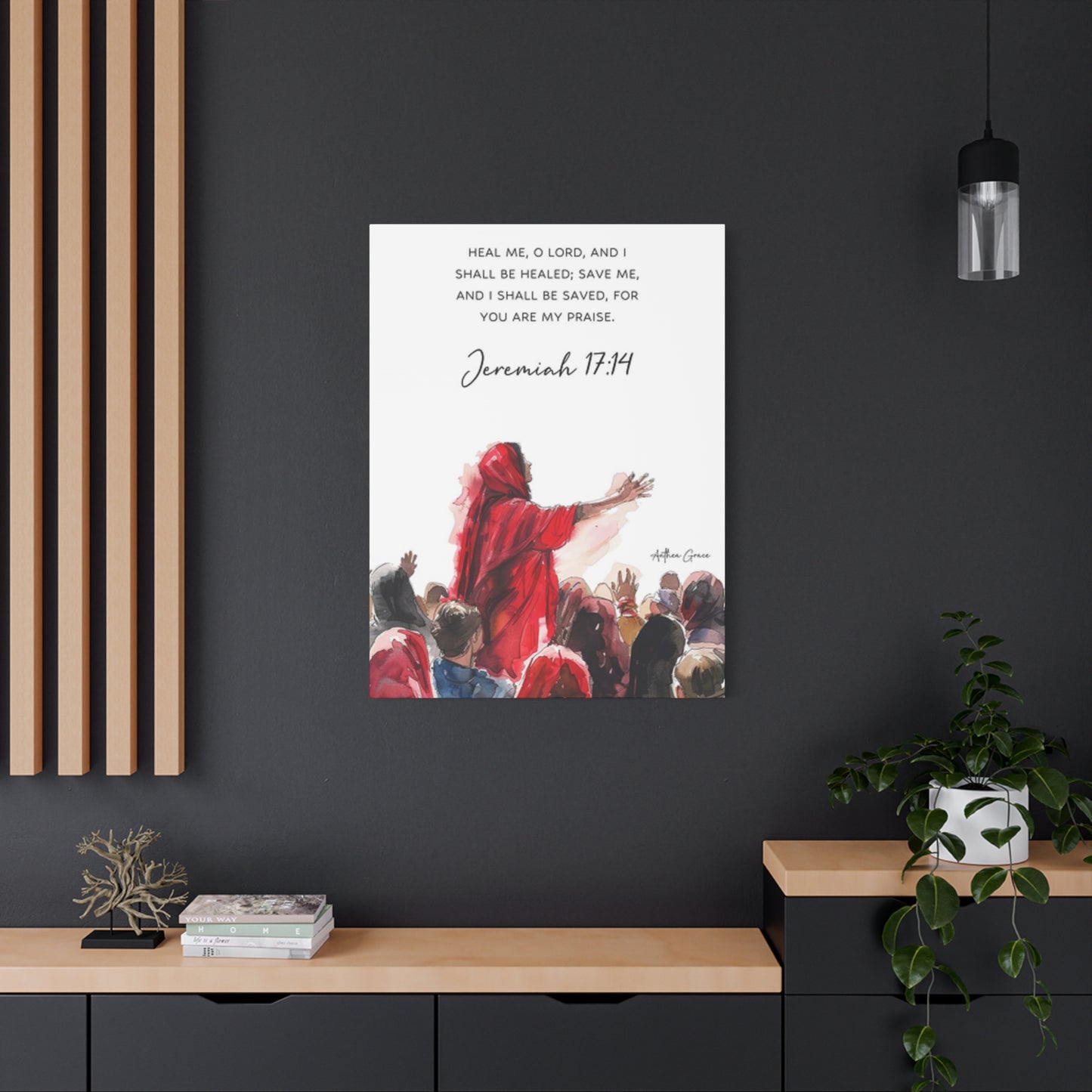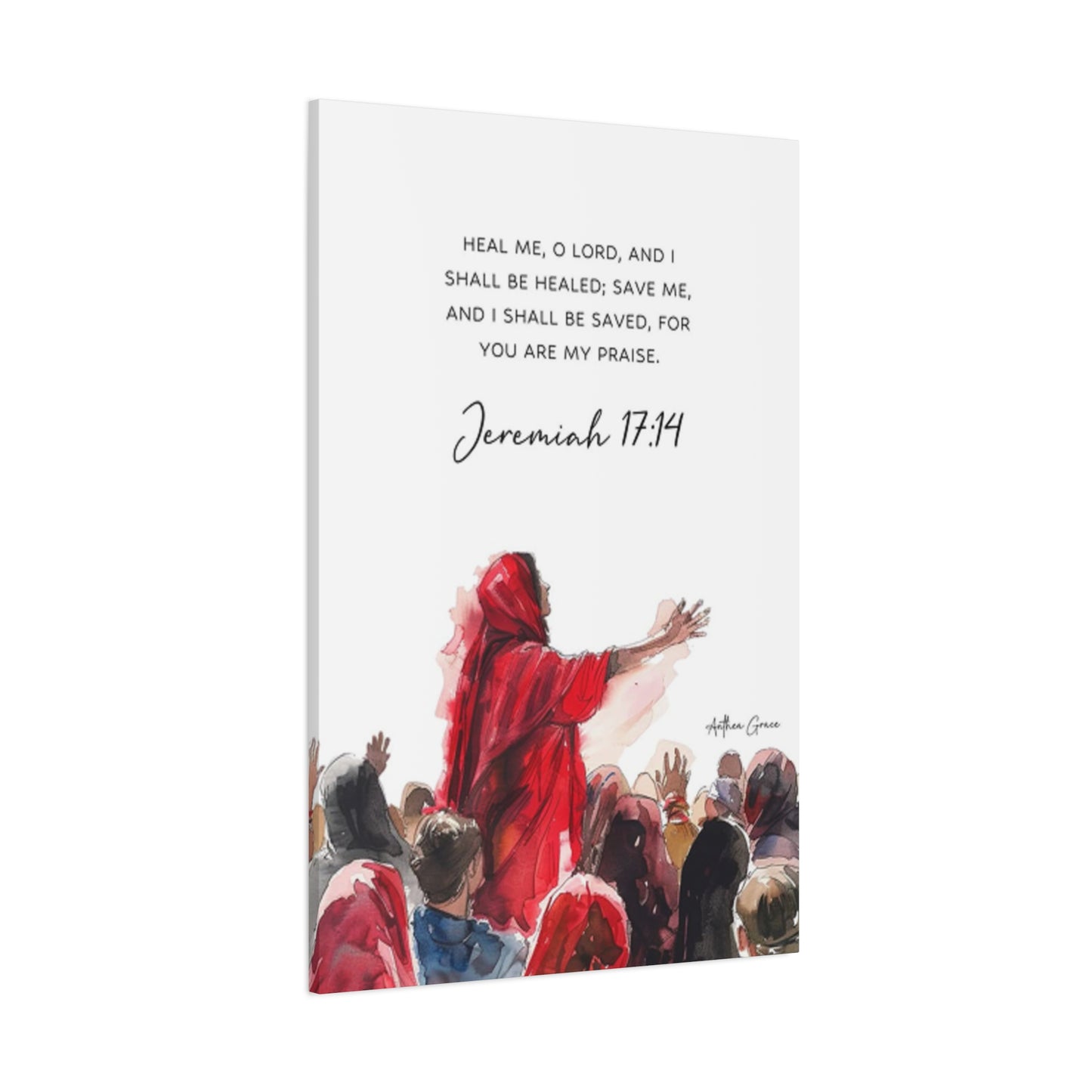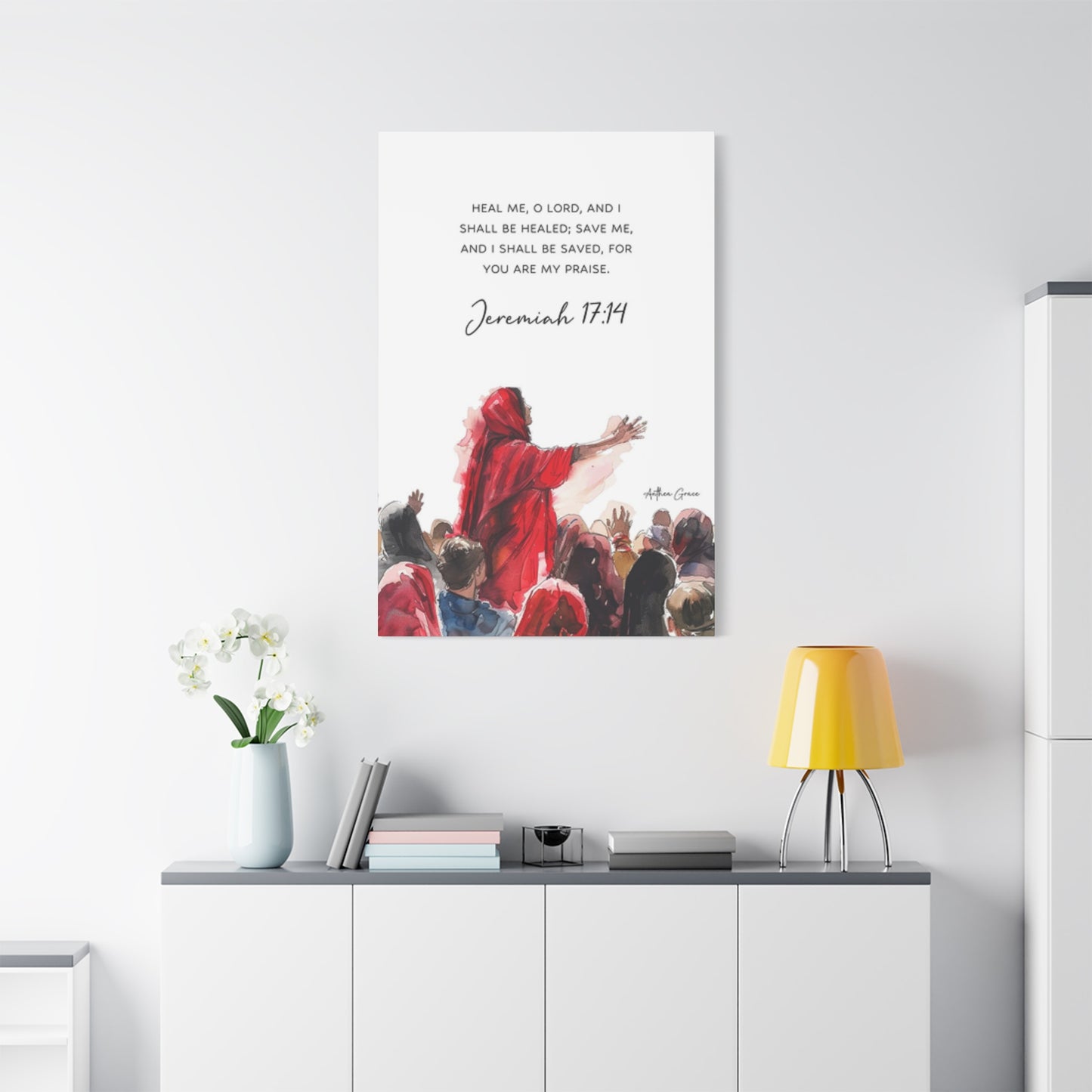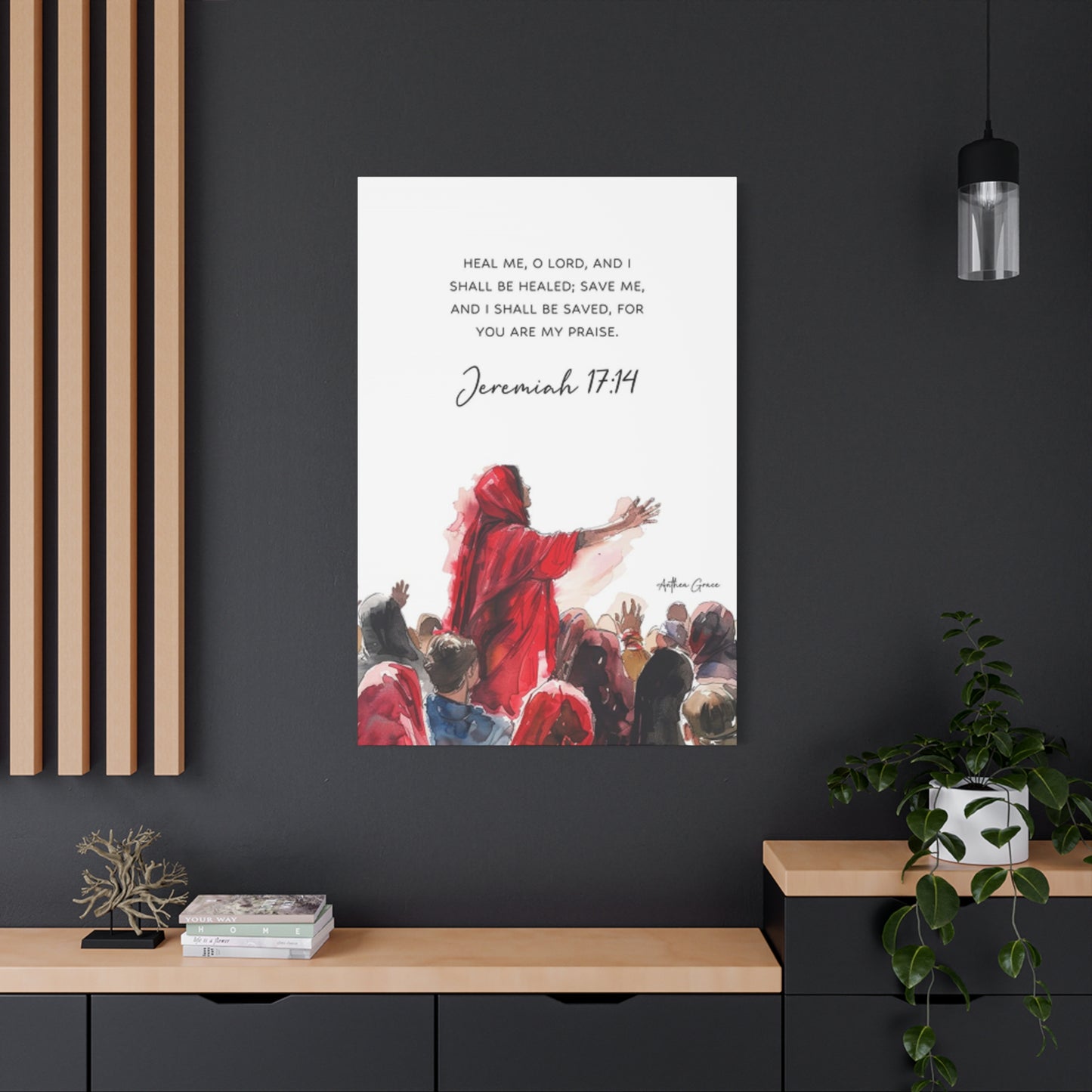Divine Affirmations: A Deep Exploration of God's Grace Wall Art in Your Home
In the quiet corners of our homes, amidst the daily rhythm of life, visual reminders can serve as powerful anchors for our faith and spirit. The concept of divine grace—unmerited, unconditional favor—is a cornerstone of belief for millions, yet it can feel abstract and distant. Bringing this profound idea into a tangible form through carefully chosen decor can transform a house into a sanctuary of peace and reflection. God's grace wall art serves as more than mere decoration; it is a daily affirmation, a visual sermon, and a constant source of encouragement. These pieces, ranging from minimalist typographic prints to elaborate floral compositions, whisper a message of hope, forgiveness, and unwavering love.
They invite moments of pause and contemplation, helping to re-center the mind on what is truly important. This extensive exploration delves into every facet of incorporating grace-themed wall art into your living environment. We will journey through the deep symbolism behind these artworks, examine the nuanced choices in typography and color that amplify their message, and offer practical guidance on everything from crafting your own pieces to arranging them in a way that creates a truly inspiring atmosphere. Whether you seek to create a serene nursery, an encouraging home office, or a welcoming entryway, this guide will illuminate how to use these beautiful artworks to cultivate an environment that continually reflects the boundless nature of divine grace.
The Essence and Iconography of God's Grace
The concept of God's grace is one of the most profound and comforting tenets of faith, representing unearned divine favor, love, and pardon. Translating this deeply spiritual and abstract idea into a visual medium requires a thoughtful approach to symbolism and iconography. Art that seeks to convey grace often relies on a visual language that speaks of light, purity, redemption, and nature. One of the most prevalent symbols is the dove. Universally recognized as a sign of peace and the Holy Spirit, the dove descending represents the gentle and peaceful bestowing of divine favor.
In wall art, a simple, stylized dove can encapsulate the entire message of grace without a single word. Similarly, light itself is a powerful symbol. Rays of light breaking through clouds, a soft glow emanating from a central point, or the warm, golden light of dawn all serve to illustrate the concept of grace illuminating darkness, offering hope, and revealing a path forward. This imagery connects to countless scriptural references where light is synonymous with truth, goodness, and the presence of the divine.
Water is another potent element in the iconography of grace. Flowing rivers, gentle rain, or a still, clear pool can symbolize cleansing, renewal, and the life-giving, sustaining nature of this divine gift. A depiction of a stream meandering through a lush landscape can serve as a metaphor for the continuous and ever-present flow of grace in one's life. The imagery speaks to baptism, purification, and the idea that grace washes away imperfections, offering a fresh start. Floral and botanical elements also play a crucial role.
A single blooming flower in an otherwise barren setting, like a lily or a rose, can symbolize grace appearing in difficult circumstances, bringing beauty and life. The olive branch, often carried by the dove, is a direct symbol of peace and reconciliation between God and humanity—a core outcome of grace. Trees, particularly those with deep roots and sprawling branches like the oak or the olive tree, can represent the steadfast, enduring, and protective nature of this divine promise. These natural symbols ground the abstract concept in the tangible beauty of the created world, making the message both relatable and deeply resonant.
The Expressive Power of Typography for Grace-Themed Canvases
The choice of typography in a piece of wall art that centers on the word "grace" or related quotes is as significant as any imagery that might accompany it. The style of the letters themselves carries emotional weight and conveys a specific tone, dramatically influencing how the message is received. The font becomes the voice of the artwork, and selecting the right one is crucial to capturing the intended spirit of the message. For a feeling of timelessness, reverence, and tradition, classic serif fonts are an exceptional choice.
Typefaces like Garamond or Trajan, with their small finishing strokes and historical roots in ancient inscriptions and early printing, lend an air of solemnity and enduring truth to the words they form. A poster featuring a single, powerful grace-related quote in a beautifully rendered serif font can feel like a page taken from a cherished, age-old text, connecting the viewer to a long history of faith and contemplation. This style works wonderfully in more traditional or formal settings, where it adds a touch of classic elegance and intellectual weight.
On the other end of the spectrum, script or cursive fonts evoke a sense of intimacy, gentleness, and personal connection. These styles, which mimic handwriting, can range from formal, elegant scripts with dramatic swooshes and flourishes to more relaxed, modern handwritten styles. A flowing, delicate script can make the word "grace" feel like a soft whisper of encouragement, emphasizing its gentle, loving nature.
It feels personal, as if written by hand, creating a direct and heartfelt link with the viewer. This approach is perfect for creating a warm, inviting, and comforting atmosphere, making it a popular choice for bedrooms, nurseries, and family living areas. The personal touch of a script font reminds the viewer that grace is not just a grand theological concept, but a personal and intimate gift.
Hues and Tones That Articulate Divine Favor
Color is a fundamental element of visual communication, capable of evoking deep emotional and psychological responses. In the context of wall art themed around God's grace, the color palette is not merely an aesthetic choice; it is a critical component that helps to articulate the very nature of this spiritual concept. A thoughtfully selected combination of colors can create an atmosphere of tranquility, reverence, celebration, or quiet contemplation, significantly enhancing the artwork's impact. One of the most classic and effective palettes revolves around soft, ethereal whites, creams, and beiges.
These colors are intrinsically linked with purity, innocence, and light. A piece dominated by these gentle neutrals creates a sense of peace and serenity, suggesting a clean slate and the forgiveness that is central to the idea of grace. Accents of metallic gold or silver can be introduced to this palette to add a touch of the divine and sacred. Gold, in particular, has a long history in religious art, symbolizing divinity, majesty, and the eternal light of God. A simple cream-colored canvas with the word "grace" written in elegant gold foil can be a powerfully understated yet profoundly moving piece.
Another deeply resonant color family is blue. Ranging from the soft, airy tones of a pale sky blue to the deep, contemplative shades of navy or indigo, blue is universally associated with tranquility, trust, and spirituality. Sky blue often represents heaven, hope, and serenity, making it a perfect background for artwork intended to calm the soul and lift the spirit. It can create a feeling of openness and peace, like gazing into a clear sky. Darker blues, on the other hand, evoke a sense of depth, stability, and wisdom. A navy background with crisp white lettering can create a striking contrast that feels both grounded and profound, suggesting a grace that is a steadfast anchor in the deep waters of life.
This palette is incredibly versatile and can be adapted to suit both modern and traditional home aesthetics.For a palette that speaks of life, growth, and renewal, earthy greens and soft, natural tones are an excellent choice. Shades of sage, olive, and eucalyptus green connect the concept of grace to the natural world, reminding the viewer of its life-giving and restorative qualities. These colors are inherently calming and grounding, helping to reduce stress and create a restorative environment. When paired with botanical illustrations like olive branches or delicate leaves, this palette reinforces the idea of grace as a source of new beginnings and continuous growth.
Furthermore, soft, warm palettes incorporating blush pinks, dusty roses, and warm taupes can convey the gentle, loving, and compassionate aspect of grace. These colors feel nurturing and comforting, creating a sense of warmth and intimacy. A piece with a soft pink watercolor wash as a background for a delicate script font can be particularly effective in a nursery or bedroom, fostering a sense of being cherished and protected. The choice of color ultimately sets the emotional stage for the artwork, and by selecting hues that align with the specific facet of grace one wishes to emphasize—be it purity, tranquility, life, or love—the art becomes a much more potent vehicle for its message.
The Power of Simplicity in Grace-Themed Wall Art
In a world filled with visual noise and complexity, minimalist art offers a powerful antidote, providing a point of focus and calm. When applied to the theme of God's grace, a minimalist approach can be exceptionally poignant, distilling this profound concept to its purest and most impactful form. The philosophy behind minimalism is "less is more," and in this context, it involves stripping away all non-essential elements to allow the core message to resonate with clarity and force.
A quintessential example of minimalist grace wall art is a piece that features a single word. Imagine a high-quality, textured piece of paper or a smooth canvas featuring only the word "Grace," rendered in a clean, elegant font. There are no distracting images, no complex backgrounds—just the word itself, allowed to command the viewer's full attention. This singular focus invites contemplation on the word's meaning, its personal significance, and its implications for one's life. The empty area around the word is just as important as the word itself, as it creates a visual silence that allows the message to breathe and be absorbed without interruption.
Another effective minimalist approach involves the use of simple, abstract symbols. Instead of a detailed, realistic depiction of a dove, a minimalist piece might use a few elegant, flowing lines to suggest the shape of a bird in flight. A single, thin horizontal line could represent a calm horizon, symbolizing peace and stability, while a simple golden circle could represent eternity and divinity. These abstract forms engage the viewer's imagination, encouraging a more personal and interpretive connection with the artwork.
The design might consist of just two or three intersecting lines, a simple geometric shape, or a subtle gradient of color. The key is that these elements are not overtly literal but rather suggestive, pointing towards the concepts of harmony, balance, and divine order that are inherent in the idea of grace. This subtlety makes the art versatile, allowing it to blend seamlessly into a variety of modern decor styles while still providing a meaningful focal point for reflection.
Harmonizing Scripture and Visuals in Graceful Compositions
Pairing profound grace-centric quotes with visual art creates a powerful synergy where the words and the imagery mutually enrich and amplify one another. The right quote can provide a specific context and a deeper layer of meaning to a piece of art, while the art itself can bring the words to life, transforming them from text on a page into a visceral, emotional experience. This combination allows for a more complete and immersive reflection on the nature of grace. The selection of the quote is the foundational step. Passages from scripture are a primary source, offering words that have provided comfort and guidance for centuries. A quote like "For by grace you have been saved through faith" (Ephesians 2:8) is direct and declarative, affirming a core theological truth.
When paired with strong, stable imagery—perhaps a majestic mountain range or a deeply rooted tree—the artwork reinforces the steadfast and unshakeable nature of this promise. The visual metaphor of the mountain's permanence echoes the eternal nature of the grace described in the text.Alternatively, a more poetic or gentle quote might call for a different visual treatment. A phrase like "My grace is sufficient for you" (2 Corinthians 12:9) speaks of comfort, support, and gentleness in times of weakness. This quote would be beautifully complemented by soft, nurturing imagery.
A delicate watercolor floral, a soft-focus photograph of morning dew on a leaf, or a depiction of gentle rain could all visually translate the feeling of sufficiency and gentle provision. The soft visuals create an atmosphere of calm and reassurance, allowing the comforting words of the scripture to be more deeply felt and absorbed by the viewer. The key is to create a harmonious relationship where the mood of the text is reflected in the mood of the art.Beyond direct scripture, quotes from theologians, poets, and writers throughout history can also provide rich material. A quote from C.S. Lewis or a line from a hymn like "Amazing Grace" can be just as powerful.
These texts often rephrase theological concepts in a more personal or artistic way. When pairing these quotes with art, the style of the typography becomes especially important. A historical quote might be rendered in a classic serif font to honor its origin, while a modern praise lyric might be better suited to a contemporary script. The placement of the text is also a crucial design decision. The quote can be the central focus of the piece, with imagery serving as a subtle background or border. Conversely, the art can be the main subject, with the quote placed discreetly in a corner, acting as a caption or a final thought for contemplation.
Enhancing and Protecting Your Sacred Wall Art
The process of choosing or creating a meaningful piece of religious wall art is only the first step; the way you frame and present it is crucial to both its visual impact and its long-term preservation. A well-chosen frame does more than simply hang a picture on the wall; it complements the artwork, integrates it into your home's decor, and protects it from damage over time. The style of the frame should be in harmony with both the artwork itself and the overall aesthetic of the room where it will be displayed. For a piece of art that is minimalist and modern, such as a simple typographic print, a sleek and simple frame is often the best choice. A thin black, white, or silver metal frame provides a clean, unobtrusive border that allows the artwork to speak for itself.
For a more natural and warm feel, a light-colored wood frame, such as oak, maple, or ash, can be a beautiful option. This works particularly well with art that features botanical elements or has an earthy color palette. Conversely, for a more traditional or classic piece of art, perhaps something with ornate calligraphy or a historical feel, a more decorative frame might be appropriate. A frame with some simple beading, a classic scoop profile, or a warm gold or mahogany finish can add a sense of reverence and timelessness to the piece.The decision to include a mat is another important consideration. A mat (also known as a passe-partout) is the paper or cardboard border that sits between the artwork and the frame. Using a mat serves two primary purposes.
Aesthetically, it provides visual breathing room around the artwork, preventing it from looking crowded within the frame and helping to draw the viewer's eye toward the center. This can make the piece feel more significant and professionally presented. Practically, the mat serves a crucial protective function by creating a space between the surface of the art and the glass (or acrylic) of the frame. This prevents the artwork from sticking to the glass, which can cause irreversible damage, especially in humid conditions. For the mat color, white or off-white is a classic and versatile choice that works with almost any piece of art and decor style. However, choosing a mat in a color that subtly picks up on a secondary color within the artwork can also be a sophisticated way to tie the whole presentation together.
Finally, the type of glazing you choose is critical for preservation. The glazing is the clear protective layer, which can be either glass or acrylic. For any piece of art, especially one that may be exposed to natural light, it is highly recommended to use glazing that offers UV protection. Ultraviolet light is the primary cause of fading and discoloration in inks and papers. Investing in UV-protective glass or acrylic will significantly extend the life of your artwork, keeping the colors vibrant for decades. While glass offers excellent clarity and scratch resistance, acrylic is lighter and shatter-resistant, making it a safer choice for very large frames or for homes with children. By carefully considering the frame style, the use of a mat, and the type of glazing, you can create a beautiful, cohesive presentation that not only enhances the spiritual message of your grace-themed art but also protects your cherished piece for years to come.
Sharing the Gift of Divine Encouragement
A poster or a piece of wall art centered on the theme of God's grace is an exceptionally thoughtful and meaningful gift, offering more than just a decorative object. It is a gift of encouragement, a tangible expression of hope, and a lasting reminder of faith and love. It is suitable for a wide array of occasions, from celebrating a significant life event to offering comfort during a challenging time. The key to selecting the perfect piece as a gift lies in considering the recipient's personal taste, their life circumstances, and the specific message you wish to convey. For housewarming, a piece of grace-themed art is a beautiful way to bestow a blessing upon a new home. In this context, you might choose a piece with a welcoming and warm aesthetic. A print featuring a gentle script font paired with a botanical wreath, perhaps with a quote about grace filling the home, can set a tone of peace and hospitality.
It’s a gift that helps transform a new house into a sanctuary from the very beginning.For milestones like a baptism, confirmation, or graduation, the gift of grace art takes on a celebratory and guiding tone. For these occasions, a more classic or timeless design might be appropriate, symbolizing the enduring nature of the faith being celebrated. A piece featuring a powerful and affirming scripture about grace, rendered in elegant typography, can serve as a spiritual anchor for the recipient as they embark on a new chapter in their life. It becomes a permanent reminder of the spiritual foundation that was commemorated on that special day. Personalizing the art, perhaps by including the date of the event or the recipient's name, can make the gift even more cherished and significant.
Grace-themed posters can also be a profound source of comfort for someone going through a difficult period, such as an illness, a loss, or a period of uncertainty. In these situations, the message should be one of gentle reassurance and steadfast hope. A minimalist piece with a simple but powerful message like "Grace is sufficient" or an image depicting light breaking through clouds can offer a quiet yet constant source of encouragement. The artwork serves as a visual reminder that they are not alone and that there is a source of strength and comfort available to them. When giving such a gift, the presentation matters. Consider having the piece professionally framed to make it ready to hang, removing any burden from the recipient. Accompanying the art with a handwritten card explaining why you chose that particular piece or quote can add a deeply personal touch, transforming a beautiful object into a heartfelt ministry of encouragement.
Blending Traditional and Contemporary Styles in Faith-Based Decor
The beauty of incorporating faith-based art into your home is its ability to adapt to diverse aesthetic preferences, bridging the gap between time-honored tradition and modern sensibilities. The juxtaposition of rustic and modern styles, in particular, can create a dynamic and deeply personal environment that reflects a faith that is both ancient and ever-new. Successfully mixing these two distinct styles—rustic, with its emphasis on natural materials, weathered textures, and handcrafted charm, and modern, with its clean lines, minimalist ethos, and neutral color palettes—is an art of balance. A rustic piece of grace art might feature the word "grace" painted on a reclaimed piece of barn wood.
The texture of the wood, with its knots, grain, and imperfections, tells a story of its own, adding a layer of history and authenticity to the message. The lettering might be hand-painted in a simple, slightly distressed style to enhance the weathered look. To integrate this piece into a modern room, you would create contrast. Hang the rustic wooden sign on a clean, smooth, light-colored wall. Surround it with modern furniture that has sharp lines and minimal ornamentation. This contrast allows the rustic piece to stand out as a unique, soulful focal point, preventing the room from feeling cold or sterile while maintaining its overall modern clarity.
Conversely, you can introduce a modern piece of grace art into a more rustic or farmhouse-style setting. Imagine a room with exposed wooden beams, a stone fireplace, and comfortable, textured furniture. In this environment, you could hang a large, minimalist canvas featuring the word "grace" in a crisp, bold sans-serif font. The artwork's clean lines and lack of ornamentation would provide a striking and unexpected counterpoint to the organic textures of the room. Another option would be a sleek, framed print with a simple, abstract symbol of grace, like two intersecting lines or a single gold circle, encased in a thin metal frame.
This piece of modern art acts as a "visual palate cleanser" in the rustic environment, introducing a note of contemporary sophistication and preventing the rustic decor from feeling overly cluttered or thematically one-note.The key to successfully mixing these styles is to find common ground, often through color and material. A modern, minimalist print can be placed in a rustic, natural wood frame to create a bridge between the two aesthetics. The modern art is honored, but the rustic frame helps it connect to the other wooden elements in the room. Similarly, the color palette can serve as a unifying thread.
A rustic piece of art with lettering painted in a charcoal gray can be placed in a modern room that uses shades of gray, white, and black. This shared color language ensures that even though the styles are different, the overall look feels cohesive and intentional. By thoughtfully blending these elements, you create a living environment that reflects a multi-dimensional faith—one that honors the deep roots of tradition while embracing the clarity and relevance of the present moment. This eclectic approach results in a home that is not only stylish but also rich with personal meaning and character.
A Deeper Look at the Canvases and Inks of Graceful Art
The physical materials from which a piece of wall art is made are intrinsic to its quality, longevity, and overall impact. The choice of paper, canvas, ink, and other elements can transform a simple design into a work of art that engages not just the eyes, but also the sense of touch and a deeper appreciation for craftsmanship. Understanding these materials can help you select a piece that will not only look beautiful on your wall but will also stand the test of time, becoming a cherished part of your home for many years. For prints, the type of paper used is a primary determinant of quality.
The most common choice for high-quality art prints is archival paper. This is an acid-free paper, often made from cotton pulp, that is designed to resist yellowing and deterioration over time. Within this category, there are various finishes to consider. A matte finish has a smooth, non-reflective surface that minimizes glare, making it ideal for displaying in brightly lit rooms. It also has a slightly soft, velvety appearance that lends a sense of subtlety and sophistication to the artwork, especially for typographic and minimalist pieces. A lustre or satin finish offers a compromise between matte and glossy, with a slight sheen that enhances color vibrancy without creating excessive reflections. This finish is versatile and works well for both photographic and graphic art.
Canvas is another popular and durable material for displaying grace-themed art. Art printed on canvas has a distinct, textured appearance that can add depth and a more "painterly" feel to the piece, even if it's a digital print. The canvas is typically made of cotton or a polyester blend and is stretched over a wooden frame called a stretcher bar. A "gallery wrap" is a common presentation style where the canvas is stretched all the way around the sides of the frame and stapled on the back. This allows the artwork to be hung without an external frame for a clean, modern look.
The weight and weave of the canvas can vary, with heavier canvases generally being of higher quality and more durable. When choosing a canvas print, it's also important to consider the protective coating. A good canvas print will be finished with a UV-protective varnish or laminate that guards against fading from sunlight and also protects the surface from moisture and scratches.The type of ink used in the printing process is just as crucial as the substrate it is printed on. The gold standard for fine art printing is the use of pigment-based inks rather than dye-based inks. While dye-based inks can produce very vibrant colors, they are more susceptible to fading over time, especially when exposed to light.
Pigment-based inks, on the other hand, are made from microscopic solid particles suspended in a liquid. These particles bond to the surface of the paper or canvas and are inherently more stable and resistant to fading. Prints made with high-quality pigment-based inks are often referred to as "giclée" prints and can have a lifespan of 100 years or more without significant color shift, ensuring that your investment in a beautiful piece of faith-based art will last for generations. By paying attention to these material details—archival paper, pigment-based inks, and gallery-wrapped canvas—you can confidently select a piece of grace wall art that is not only spiritually meaningful but also a well-crafted, enduring object of beauty.
Weaving Visual Blessings into the Fabric of Daily Life
Incorporating grace-themed art into your home is more than an aesthetic decision; it is a conscious act of weaving visual reminders of faith, hope, and encouragement into the very fabric of your daily routine. These pieces serve as gentle yet persistent anchors, capable of re-centering your thoughts and uplifting your spirit amidst the hustle and flow of everyday life. The strategic placement of this art can transform mundane moments into opportunities for reflection and gratitude. Imagine, for example, placing a simple, elegant print with the word "Grace" in your entryway.
It becomes one of the first things you see when you return home and the last thing you see before you leave. Upon returning after a long, stressful day, this visual cue can serve as a powerful reminder to leave the burdens of the outside world at the door and to enter your home—your sanctuary—with a spirit of peace and gratitude. As you leave in the morning, it can be a silent blessing for your day, a prompt to carry that same spirit of grace out into the world in your interactions with others.
The kitchen, often the bustling heart of the home, is another impactful location for this type of art. A piece of art placed near the coffee maker or above the kitchen table can be a focal point during the quiet moments of the morning or the shared time of family meals. A cheerful print featuring a quote like "Grace upon grace" can infuse these daily rituals with a deeper meaning. It transforms the simple act of pouring a cup of coffee into a moment of acknowledging the abundance of blessings, both big and small.
During a family dinner, the artwork can subtly guide the atmosphere, encouraging conversations and interactions that are rooted in kindness and forgiveness. It acts as a quiet, constant witness to the values you wish to cultivate within your family.In personal areas like the bedroom or a reading nook, grace art can play an even more intimate role. Placed on a bedside table or on the wall across from your bed, it can be the first and last image you contemplate each day. This bookending of your day with a message of divine love and unmerited favor can have a profound impact on your mindset. It can help in releasing the anxieties of the day before sleep and in starting the new day with a sense of purpose and peace.
Designing a Professional Environment of Inspiration and Serenity
The home office has become a central and vital part of modern life for many, a place that needs to foster focus, productivity, and motivation. However, it can also be a source of stress and pressure. Integrating grace-themed art into your home office decor is a powerful way to cultivate an atmosphere that is not only conducive to work but also spiritually grounding and encouraging. This art can serve as a constant, gentle reminder of a broader perspective, helping to mitigate work-related stress and foster a sense of purpose beyond the immediate tasks at hand.
The key is to select pieces that are sophisticated, calming, and professional, enhancing the workspace without becoming a distraction. Minimalist designs are particularly effective in a home office setting. A clean, typographic print featuring a single word like "Grace," "Sufficient," or "Purpose" in a classic, elegant font can be a powerful focal point. Placed on the wall behind your monitor or in your direct line of sight, it acts as a mental reset button. During a challenging project or a frustrating call, a quick glance at this simple, profound word can help you pause, take a deep breath, and re-center your perspective.
It’s a reminder that your worth is not solely defined by your productivity and that there is a source of strength to draw upon.The color palette of the art you choose for your office should align with the goal of creating a calm and focused environment. Palettes based on muted blues, soft grays, deep greens, and warm neutrals are ideal. These colors are known to have a calming psychological effect and can help reduce anxiety.
An abstract piece that uses these colors to create a serene, atmospheric landscape, perhaps with a subtle reference to light breaking through, can be a beautiful and sophisticated addition. This type of art provides a point of visual rest for the eyes during breaks from screen time, and its abstract nature allows for personal interpretation and contemplation without being overtly distracting. It can symbolize the clarity and peace that grace brings to a cluttered mind.
A Practical Guide to Mounting Large-Scale Faith-Based Artwork
If a stud is not available in your desired location, you must use an appropriate wall anchor, such as a toggle bolt or a Molly bolt. These anchors are designed to expand behind the drywall, distributing the weight and preventing the screw from pulling out. The weight rating of the anchor must be sufficient for your artwork. For extra-large or heavy canvas prints, using two hooks instead of one is highly recommended. This provides better stability, helps keep the artwork level, and distributes the weight more evenly. To do this, space the two hooks several inches apart on the wall, ensuring they are perfectly level with each other by using a spirit level. The hanging wire on the back of the art will rest on both hooks.
Before you begin drilling or hammering, use a pencil and a level to mark your precise hanging spots on the wall. Double-check all your measurements before making any holes. After hanging the artwork, step back and check it from a distance to ensure it looks straight. A small piece of double-sided tape or a bumper pad placed at the bottom corners of the frame can help it hang flush against the wall and prevent it from shifting. By taking these careful, methodical steps, you can confidently and securely hang your large faith-based poster, ensuring it becomes a beautiful and inspiring centerpiece in your home.
Conclusion:
In the journey of cultivating a home that is not just a physical dwelling but a sanctuary for the soul, the art we choose to surround ourselves with plays a profoundly influential role. It is a silent yet constant conversation partner, shaping our thoughts, influencing our moods, and reflecting our deepest values. The exploration of God's grace through the medium of wall art transcends mere decoration, elevating it to an act of spiritual curation. Each piece, whether a bold typographic statement, a soft botanical illustration, or a minimalist symbol, becomes a conduit for a message of immense power and comfort: the message of unmerited, unconditional divine love.
We have traversed the rich symbolic language that gives visual form to this abstract concept—the peace of the dove, the purity of the lily, the steadfastness of the olive branch. We have seen how the deliberate choice of a serif, script, or sans-serif font can change the entire tone of the message, making it feel ancient and reverent, personal and intimate, or clear and modern. The psychology of color allows us to paint our walls with the very emotions of grace—the tranquility of blue, the purity of white, the life-giving energy of green. By harmonizing these elements, a simple poster is transformed into a sophisticated and multi-layered piece of devotional art.
The practical guidance on everything from DIY projects to professional framing underscores a vital truth: intentionality matters. The act of creating your own grace-themed poster becomes a meditative process, a personal prayer rendered in ink and paper. The careful selection of a frame and mat is an act of honoring the message, protecting and enhancing it for years to come. These choices, seemingly small, are part of a larger practice of mindfulness, of consciously building an environment that supports and nurtures our inner life.
Furthermore, the adaptability of this art form allows it to find a home in every corner of our lives. It can be a gentle, whimsical blessing in a nursery, a sophisticated anchor of calm in a bustling home office, or a powerful, unifying statement piece in a central living area. It demonstrates that faith is not meant to be compartmentalized but woven into the very fabric of our daily existence—in our work, our rest, and our family life. The art serves as a daily encouragement, a visual anchor that can pull our perspective back to a place of hope and gratitude, especially on days when it is most needed.
Ultimately, God's grace wall art is a testament to the enduring human need for tangible reminders of intangible truths. In a world that often feels chaotic and demanding, these pieces of art create moments of pause, offering a quiet space for reflection and a steadfast reminder of a love that is constant, a pardon that is complete, and a promise that is sufficient for every need. It is more than art on a wall; it is a window for the soul, a visual echo of the most beautiful of truths, continually whispering peace and hope into the heart of the home.

















